X
This article was co-authored by wikiHow staff writer, Jack Lloyd. Jack Lloyd is a Technology Writer and Editor for wikiHow. He has over two years of experience writing and editing technology-related articles. He is technology enthusiast and an English teacher.
The wikiHow Tech Team also followed the article's instructions and verified that they work.
This article has been viewed 555,672 times.
Learn more...
This wikiHow teaches you how to fix your Internet Explorer web browser when it stops responding. There are a few things that may be causing Internet Explorer to crash, including too many toolbars, corrupt settings, and out-of-date software.
Steps
Method 1
Method 1 of 4:
Closing an Unresponsive Internet Explorer
-
1Try closing Internet Explorer. Click the X in the top-right corner of the Internet Explorer window. If the window closes, Internet Explorer is now responding.
- If the window won't close, you'll need to force-quit Internet Explorer.
-
2Advertisement
-
3Type task manager into Start. This will search your computer for the Task Manager program.
-
4Click Task Manager. It's at the top of the Start window. This will open the Task Manager program, from which you can force Internet Explorer to close.
-
5Click the Processes tab. This tab is in the top-left side of the Task Manager window.
-
6Click Internet Explorer. You'll see it near the top of the Processes tab. Clicking Internet Explorer will select it.
-
7Click End task. This will close Internet Explorer without prompting you for confirmation.
- If you see a window that says "Windows is attempting to fix this problem" pop up, click Cancel.
Advertisement
Method 2
Method 2 of 4:
Deleting Toolbars
-
1Open Internet Explorer. Removing third-party toolbars from your browser can prevent crashes due to running too many programs at once.
- If Internet Explorer won't even run without crashing constantly, skip this method and reset Internet Explorer.
-
2
-
3Click Manage add-ons. It's near the middle of the drop-down menu.
-
4Click the Toolbars and Extensions tab. This is on the left side of the window.
-
5Select a toolbar. Click a toolbar that you want to remove.
-
6Click Disable. It's in the bottom-right corner of the window. Clicking this will disable the selected toolbar.
- You can repeat this process for each toolbar you want to remove.
Advertisement
Method 3
Method 3 of 4:
Resetting
-
1
-
2Type internet options into Start. This will search your computer for the Internet Options panel, which controls your settings for Internet Explorer.
-
3Click Internet Options. It's at the top of the Start window. Doing so opens the Internet Options program.
-
4Click the Advanced tab. It's in the top-right side of the Internet Options window.
-
5Click Reset. You'll find this button near the bottom-right side of the window.
-
6Check the "Delete personal settings" box. This box is near the middle of the page. Checking it ensures that any corrupt temporary files or history will be deleted as well.
-
7Click Close when prompted. Your Internet Explorer browser has successfully been reset.
Advertisement
Method 4
Method 4 of 4:
Updating
-
1Go to the Internet Explorer download page. Internet Explorer 11 is the last supported version of Internet Explorer. If you aren't using it, updating may fix Internet Explorer crashing issues.
- Use Microsoft Edge or a third-party browser (e.g., Chrome) to go to this site if Internet Explorer isn't working.
-
2Scroll down to your preferred language. Make sure you find the download in your preferred language, which you'll find on the left side of the page.
-
3Click the link for your operating system. Doing so will download the setup file onto your computer. You'll see three links next to your preferred language:
- Windows 7 SP1 32-Bit - For a 32-bit computer with Windows 7, 8, or 10 on it.
- Windows 7 SP1 64-Bit - For a 64-bit computer with Windows 7, 8, or 10 on it.
- Windows Server 2008 R2 SP1 64-bit - For a computer running Windows Server 2008 R2.
- If you don't know whether your computer is 32-bit or 64-bit, check your computer's bit number first.
-
4Double-click the Internet Explorer setup icon. This is in your computer's download location (e.g., the desktop).
-
5Click Yes when prompted. This brings up the Internet Explorer 11 installation window.
-
6Follow the on-screen instructions. Agree to Microsoft's terms of use by clicking I agree, click Next, select an install location, and check or uncheck the "Desktop shortcut" option.
-
7Click Finish. It's in the bottom-right corner of the window. This will install Internet Explorer 11 on your computer.
Advertisement
Community Q&A
-
QuestionSomeone with an Indian accent called and told me that my computer has notified Windows that it has a problem. Is this a scam?
 Community AnswerBoth Microsoft and the US government have reported that this is a scam. You can read up and report on it by entering Windows Technical Support Scam into you browser. The scam is wide spread internationally and very difficult to eradicate. The best thing to do is just hang up on them. Do not give out any personal information or change your computer settings.
Community AnswerBoth Microsoft and the US government have reported that this is a scam. You can read up and report on it by entering Windows Technical Support Scam into you browser. The scam is wide spread internationally and very difficult to eradicate. The best thing to do is just hang up on them. Do not give out any personal information or change your computer settings. -
QuestionWould it help to reinstall Internet Explorer in Windows 10?
 Community AnswerIf you're having a lot of trouble with Internet Explorer, it might help to reinstall Internet Explorer. Alternatively, consider using the newer Edge browser, which is fast and not prone to crashing.
Community AnswerIf you're having a lot of trouble with Internet Explorer, it might help to reinstall Internet Explorer. Alternatively, consider using the newer Edge browser, which is fast and not prone to crashing.
Advertisement
Warnings
- Internet Explorer is no longer supported by Microsoft. You're better off using Edge or a third-party browser if at all possible.⧼thumbs_response⧽
Advertisement
About This Article
Advertisement
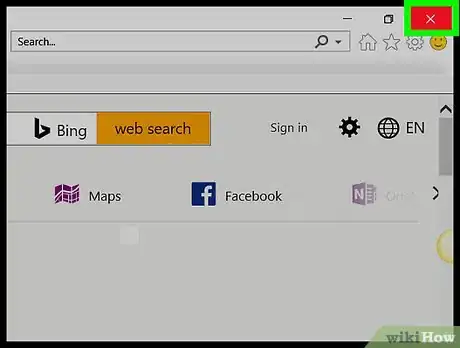
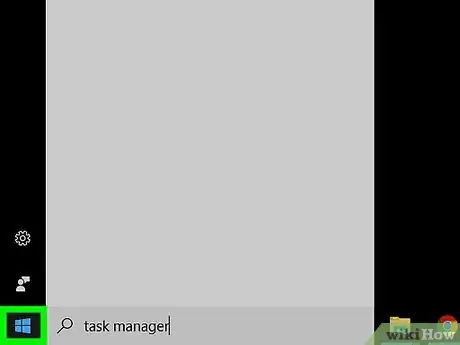

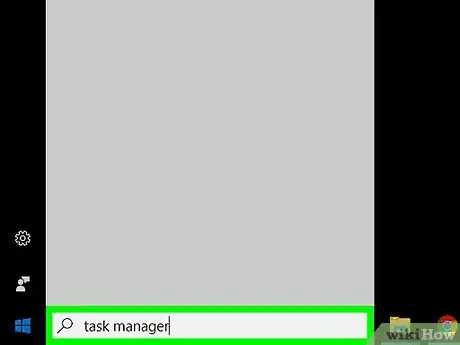
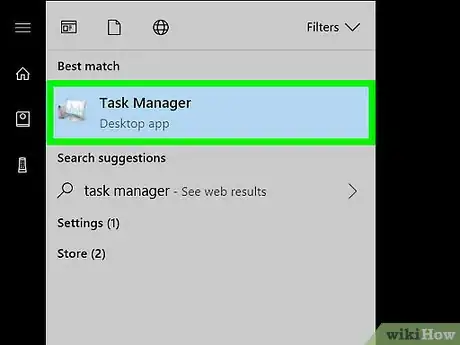
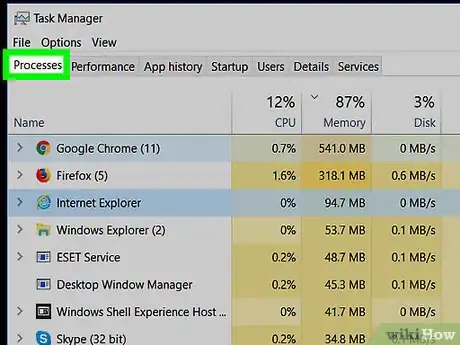
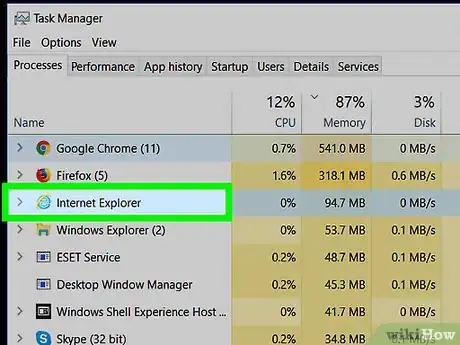
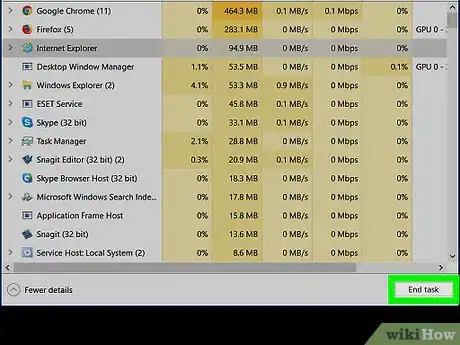
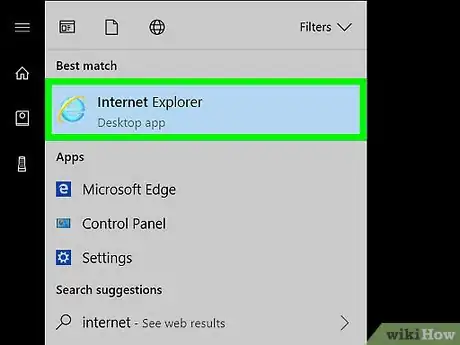
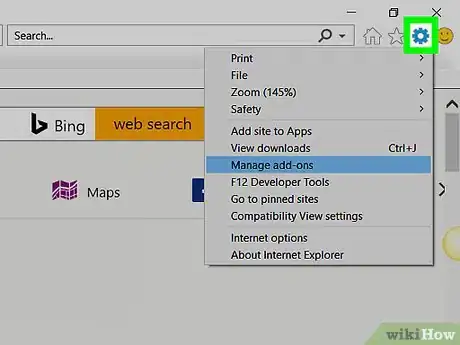

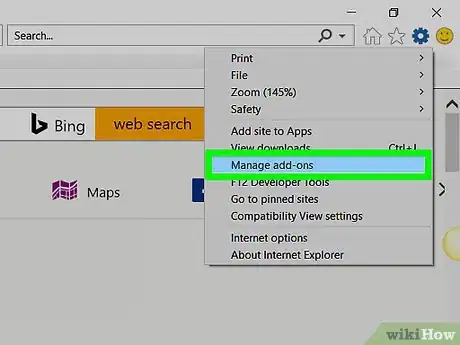
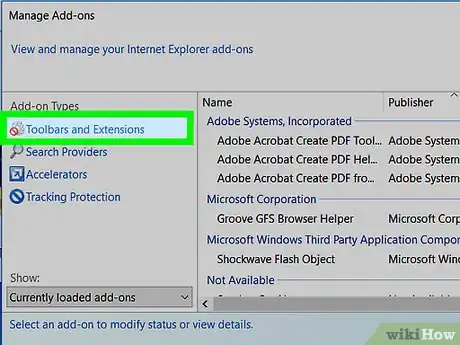

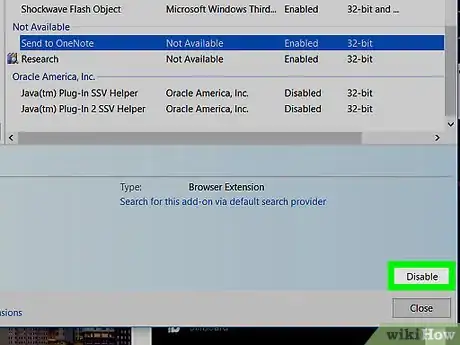
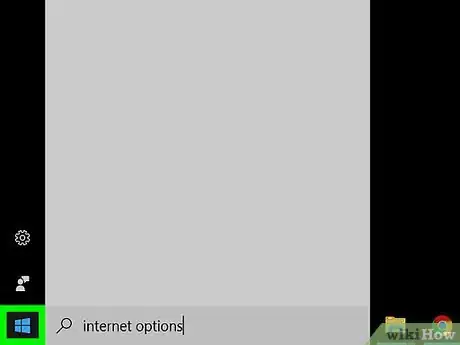
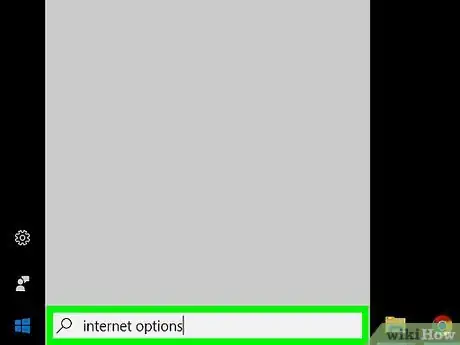
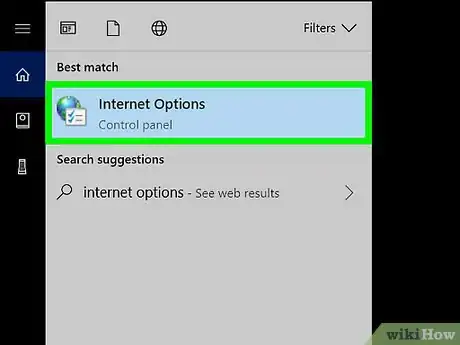
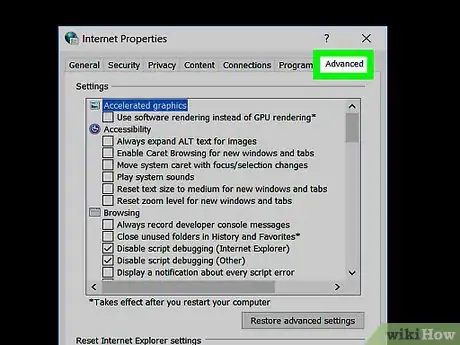
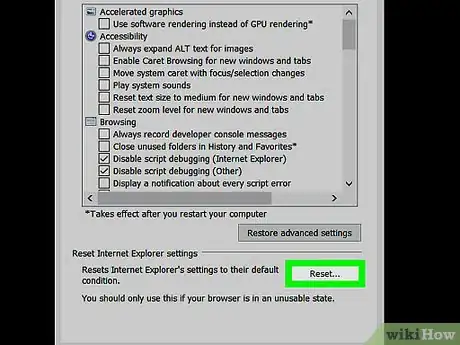
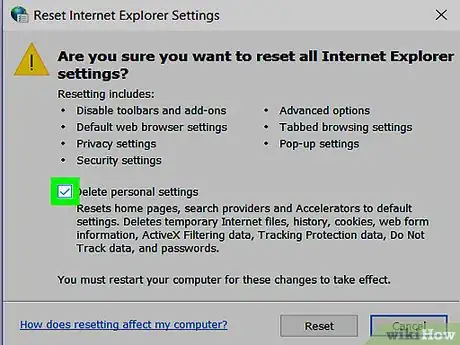
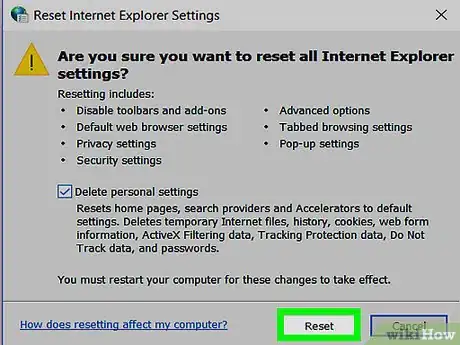
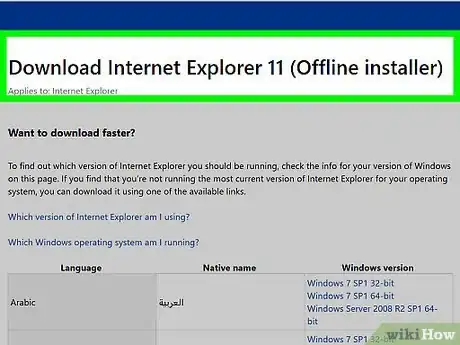
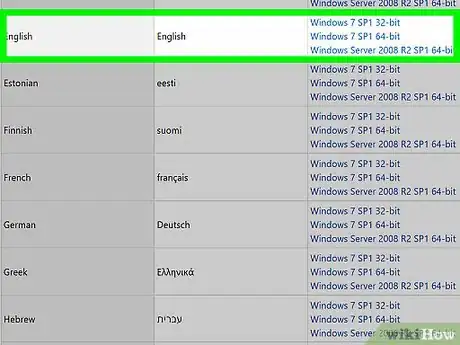
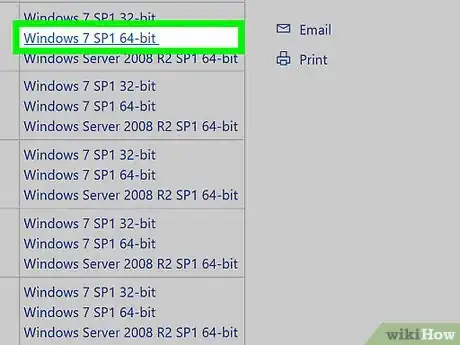
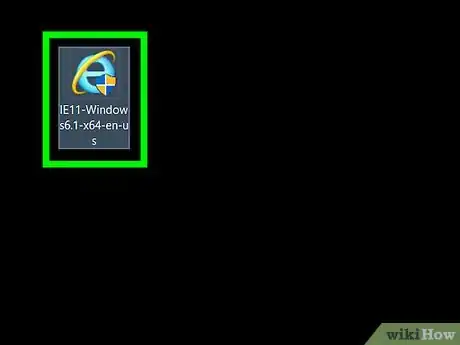
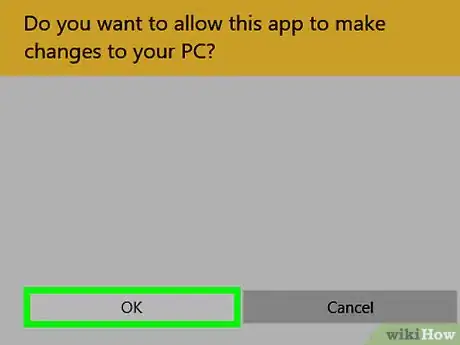


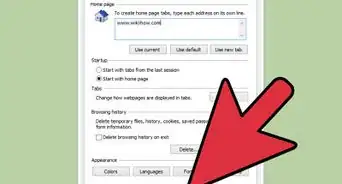
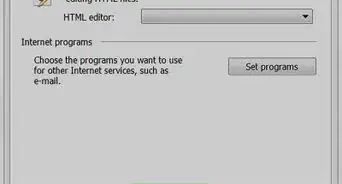
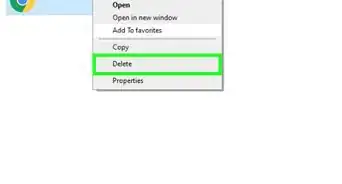
-Step-4-Version-5.webp)


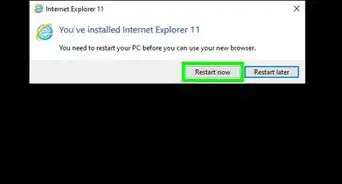
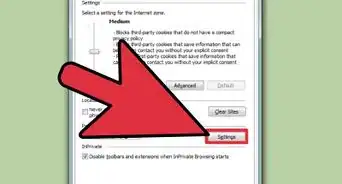
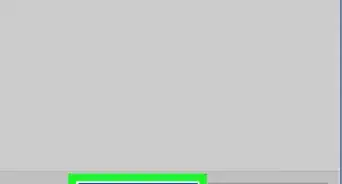

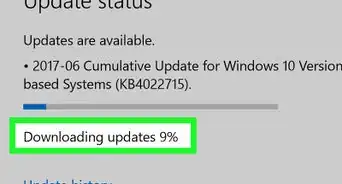
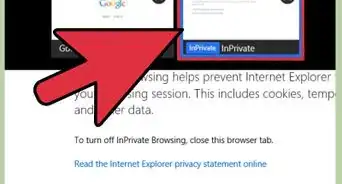
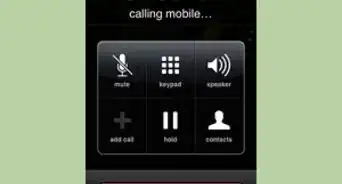








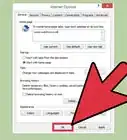

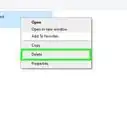
-Step-4-Version-5.webp)


































